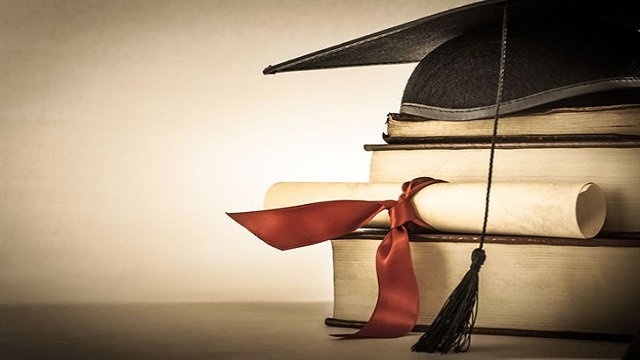
Statistics SA released the financial statistics of higher education institutions for 2016 on Tuesday in Pretoria. The figures showed that funding was increasing, but that the additional money provided by the government was still not enough to fill the gap in tertiary education.
Meanwhile, calls are mounting for President Jacob Zuma to release the student-fees inquiry report amid rising tension on campuses over prospects for conditions in 2018.
The statistician-general, whose term ends soon, said that conditions for learning under apartheid for black South Africans were much more conducive than they are now, "so whites continue to outperform black students".
Tuesday's data release revealed that the proportion of black graduates stood at nearly 15% in 1975 but has since declined to about 5%. This contrasted with the position for the white population, now at least 5% higher.
Lehohla said that back then there were many institutions of learning for black students and also opportunities across the world to study while in exile.
Those black students were often fully funded and so able to compete and perform well, he said. Although education experts had concluded that the number of black graduates had increased in absolute numbers, Lehohla said: "What you find is that progress is slow."
The unaffordability of higher education, coupled with weak economic growth, stymied poor students.
At the core of the higher-education funding crisis, said Lehohla, was the outrageous number of students which the system was not designed to handle.
In 2016, 975,837 students were enrolled and about 16% of them were first-year students.
The system could take in only 150,000 students a year, which would make it 450,000 undergraduates at the three levels, yet it was hosting nearly a million students.
